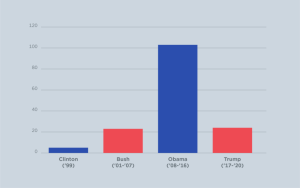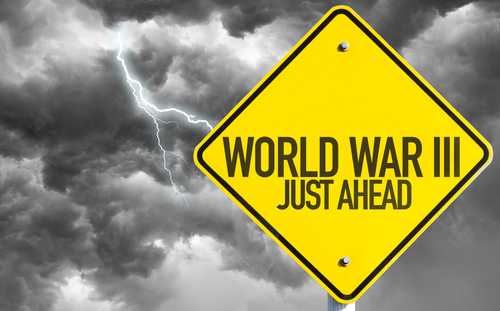(Afghanistan-related designations are one of the few cases in which President Barack Obama’s administration imposed more economic sanctions (103) than President Donald Trump’s administration (24), which was publicly engaged in peace talks with the Taliban from 2018 to 2020 and issued fewer sanctions. (U.S. Department of the Treasury Office of Foreign Assets Control; Sanctions Explorer))
When the US left Afghanistan at the end of August, they implemented harsher sanctions on the Taliban. Western aid to the nation vanished, and Afghanistan became isolated from the world economy. It was never America’s job to uphold Afghanistan, but the impact of abruptly leaving after two decades of occupation has caused insurmountable trouble to the people our troops fought to protect. Now, over half the country is likely to experience food insecurity and starvation this winter.
Of the 22.8 million Afghans facing food shortages, 8.7 million are expected to face famine. In addition to the Taliban’s utter ignorance on how to run a country, the nation has experienced its worst drought in decades that has killed off livestock and crops. The New York Times reported that Afghanistan’s wheat harvest will be cut by a quarter this year, and many rural farmers have abandoned cultivating their land entirely.
The World Bank recently voted to provide the nation with $280 million in previously frozen donor funds, but this is a small portion of the $1.5 billion in frozen assets. The US entered Afghanistan for 20 years and left without a plan under Biden. Over 7,057 servicemen and women have died in post-9/11 operations, and an additional 30,177 died of suicide. No one wins when it comes to war games.










